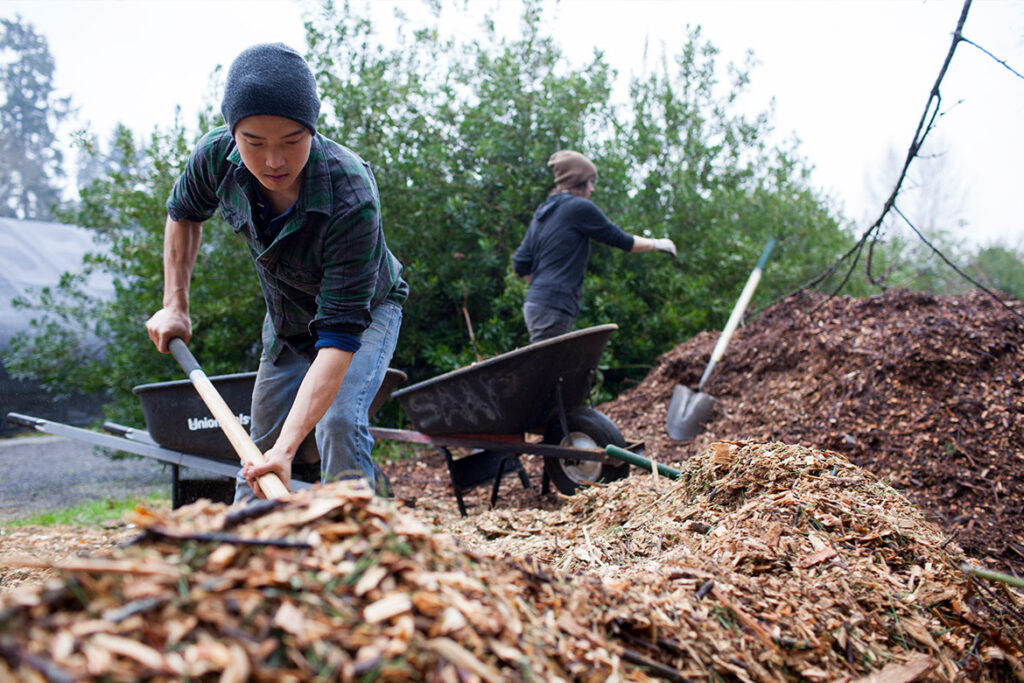Environment

We all benefit from the magnificent natural resources that make the Puget Sound region such an extraordinary place to live, work and play. But if we want to continue to enjoy these assets, we must address the serious threats facing the environment, including climate change, air and water pollution and loss of natural habitat. We must also recognize and address the disproportionate impacts pollution and climate change continues to have on low-income communities and communities of color. If we do not act as a community with urgency to restore and protect the environment, we will have failed future generations. We believe that through collaboration and cooperation of all stakeholders—developers, conservationists, farmers, tribes, industry, community organizations, urban and rural communities— we can turn the tide on climate change and manage our region’s growth in a way that is environmentally sustainable, economically viable and benefits all communities.
Learn more (pdf) about the Environment element.
Equitable climate change solutions
Too often residents in our lowest-income neighborhoods experience higher levels of pollution, greater risk of severe health problems, longer commute times and limited access to healthy foods and open space. One of our strategies in the Environment element is to promote equitable climate change solutions by building a strong, representative movement that is inclusive of frontline communities and mainstream organizations.
Strategy approaches:
- Invest in organizations cultivating and strengthening environmental and community leadership among people of color
- Bolster bridge-building between communities-of-color-led organizations and mainstream environmental policy organizations
- Research the impacts of climate change in the region, including community-based participatory research
- Promote broad-based public understanding of climate change and related impacts on frontline communities
Access to greenspace and waterways
Another strategy to better the environment for all in our region is creating a healthy and inclusive environmental landscape by ensuring all communities have access to and benefit from greenspace and waterways
Strategy Approaches
- Support organizations and partnerships working to maintain and protect the environmental health of the region (forest health, key waterways, conservation and restoration)
- Advance community engagement and policy approaches to protect greenspace, waterways and native habitats
- Encourage collaboration between diverse organizations working to increase understanding around the value of a vibrant environmental landscape
Equitable and sustainable growth
With as many as a quarter of a million people moving to Seattle over the next 20 years, efforts to account for this growth must balance impacts to our built and natural environment, especially in communities that have been left out of environmental planning and policy making for generations. We use a strategy of ensuring equitable and sustainable urban growth that balances changing demographics, costs of living and sprawl.
Strategy Approaches:
- Build affordable housing in dense, opportunity-rich areas with access to public transit
- Strengthen public transit, bicycle and pedestrian infrastructure, reducing reliance on personal cars, increasing mobility and access to resources for low-income people and families
- Empower community-led solutions and urban sustainability practices (energy efficiency, retrofitting, community water systems, etc.)
- Promote urban farming and access to healthy, culturally relevant food options
You can increase your impact by donating to our Environment Fund and connecting with one of our philanthropic advisors to meet your giving goals.
